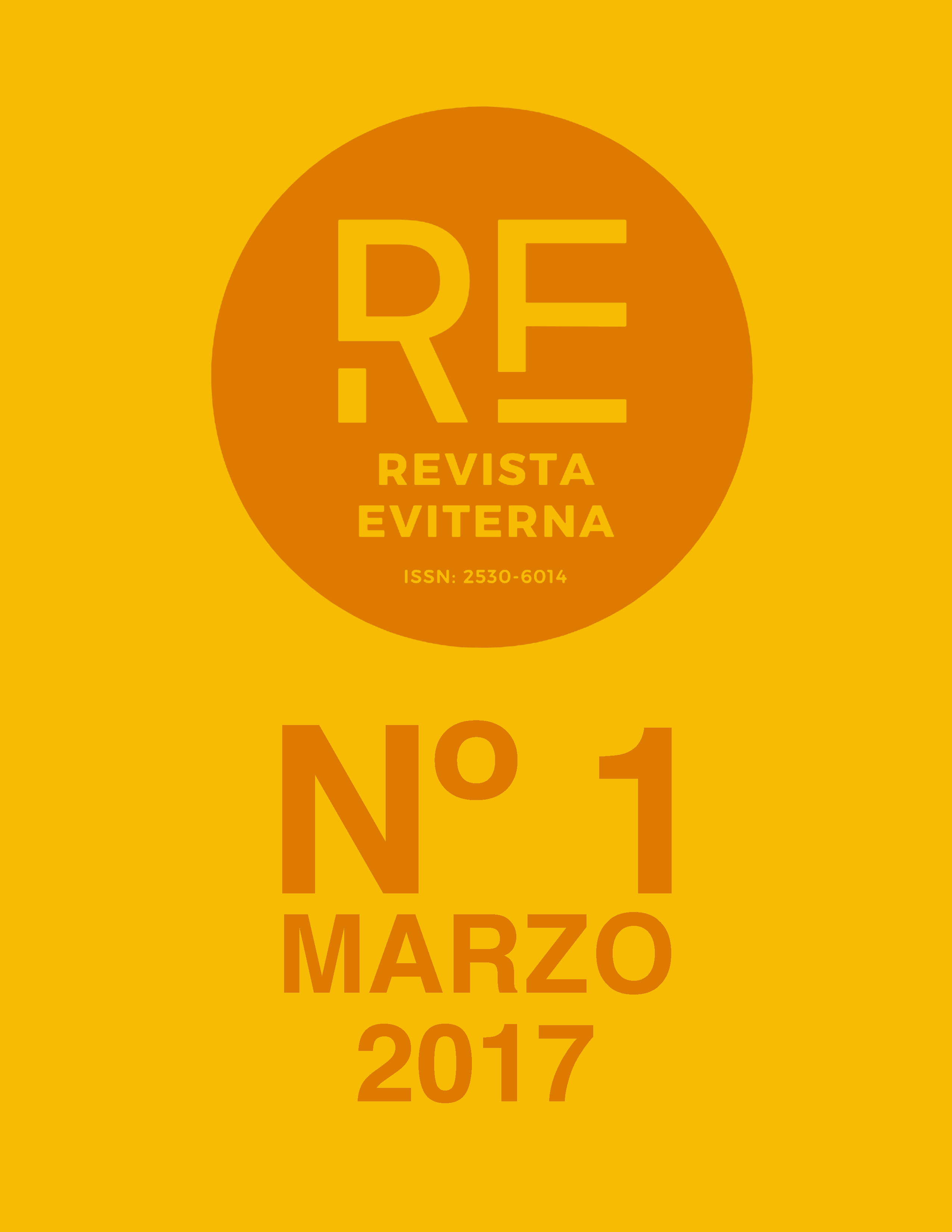Triumph of the name of Jesus. Iconographic message of the apse, dome and vault of Il Gesú of Rome
DOI:
https://doi.org/10.24310/Eviternare.v1i1.8001Keywords:
Iconography, Paint, Rome, Jesuits, BaroqueAbstract
Este artículo tiene como fin realizar un primer avance en el estudio del mensaje iconográfico del ciclo pictórico plasmado en las pinturas que decoran el ábside, la cúpula y la bóveda de la iglesia de Il Gesù en Roma (1568-1584), iglesia madre de la Compañía de Jesús fundada por Ignacio de Loyola en 1540. Tras la realización de un estudio del contexto socio-histórico, se puede verificar el establecimiento de un repertorio iconográfico de carácter dogmático y proselitista en pro del catolicismo, que surge con la Reforma Católica y es impulsado por el espíritu combativo y profundamente militante de los jesuitas.
Downloads
Metrics
Publication Facts
Reviewer profiles N/A
Author statements
Indexed in
-
—
- Academic society
- N/A
- Publisher
- Universidad de Málaga
References
ANÓNIMO (2004), Studi sul Barocco romano, Skira editore, Milano.
BUSSAGLI, Marco (Ed.) (2007), Roma: La edad de oro, H. T. Ullmann, Barcelona.
CARVAJAL GONZALEZ, Helena (2010), “El Agnus Dei”, en Revista digital de Historia Medieval, vol. II, No4, pp. 1-7.
MÂLE, Emile (1985), El barroco. El arte religioso del siglo XVII: Italia, Francia, España, Flandes, Ed. Encuentro, Madrid.
REAU, Louis (1996a), Iconografía del arte cristiano. Iconografía de la Biblia Antiguo Testamento, T.I, vol. 1, Ediciones del Serbal, Barcelona.
REAU, Louis (1996b), Iconografía del arte cristiano. Iconografía de la Biblia Nuevo Testamento, T.I, vol. 2, Ediciones del Serbal, Barcelona.
REAU, Louis (2000), Iconografía del arte cristiano. Introducción general, Ediciones del Serbal, Barcelona.
SÁNCHEZ LÓPEZ, Juan Antonio (1996), El alma de la madera. Cinco siglos de Iconografía y Escultura procesional en Málaga, Hermandad de la Amargura, Málaga.
SEBASTIÁN, Santiago (1981), Contrarreforma y Barroco: Lecturas iconográficas e iconológicas, Alianzas Editorial, D.L, Madrid.
Downloads
Published
How to Cite
Issue
Section
License
All the contents published in Revista Eviterna are subject to the Creative Commons Reconocimento-NoComercia-Compartirigual 4.0 license, the full text of which can be found at <http://creativecommons.org/licenses/by-nc-sa/4.0>
They may be copied, used, disseminated, transmitted and publicly exposed, provided that:
The authorship and original source of your publication (Journal, editorial and URL of the work) are cited.
They are not used for commercial purposes.
The existence and specifications of this use license are mentioned.

Copyright is of two kinds: moral rights and patrimonial rights. Moral rights are perpetual, inalienable, inalienable, inalienable, inalienable and imprescriptible prerogatives.
In accordance with copyright legislation, Revista Eviterna recognizes and respects the moral rights of the authors, as well as the ownership of the economic right, which will be transferred to the University of Malaga for dissemination in open access.
The economic rights refer to the benefits obtained by the use or disclosure of the works. Revista Eviterna is published in open access and is exclusively authorized to carry out or authorize by any means the use, distribution, disclosure, reproduction, adaptation, translation or transformation of the work.
It is the responsibility of the authors to obtain the necessary permissions of the images that are subject to copyright.







12.png)



